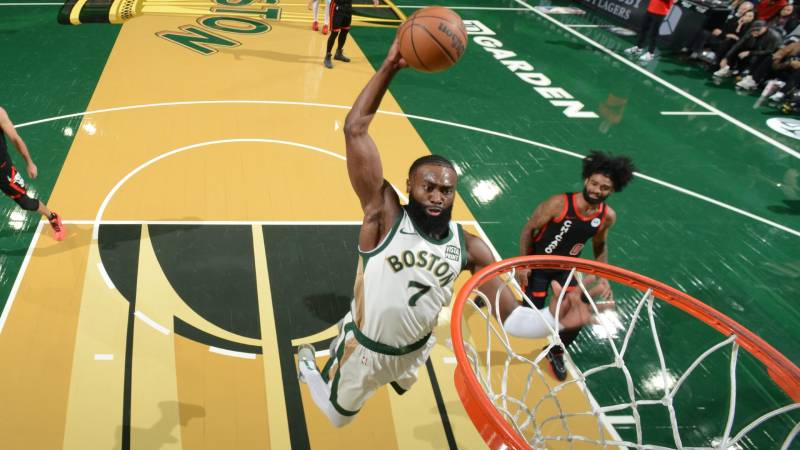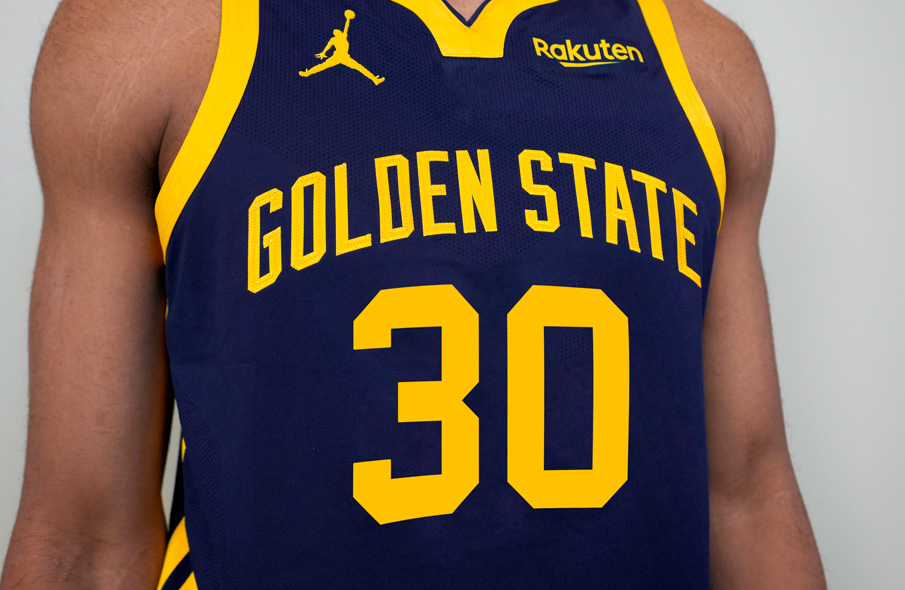So now know who will play each other in the knockout stage of the NBA’s first-ever In-Season Tournament, which concluded with the group stage. The Indiana Pacers will play the Boston Celtics in the morning on Monday, and the New Orleans Pelicans will play the Sacramento Kings in the evening. The New York Knicks will play the Bucks in Milwaukee on Tuesday, while the Phoenix Suns will play the Lakers in Los Angeles in the final quarterfinal round.
How did they get here, though? One matchup was known to us prior to Tuesday. It were aware that the Lakers and Suns would be playing, barring some huge blowouts that we did not receive. Following the Rockets’ loss to the Mavericks, the Pelicans, the winners of West Group B, will host the Kings, who defeated the Warriors in a thrilling game on Tuesday night to claim West Group C.
After holding off the Heat on Tuesday to secure a 4-0 victory over East Group B, the Bucks will face a well-known foe in the round of sixteen. In their first tournament game, the Knicks played the Bucks, and although they were unable to pull off a spectacular comeback in the second half, New York is probably ecstatic about the opportunity to exact revenge.
Two clubs who have played in one of the most lopsided games of the season thus far square off in the other Eastern Conference quarterfinal round. The 3-1 Celtics, who won East Group C, will play the 4-0 Pacers, who won East Group A. When these clubs last faced off in the regular season on November 1, the Celtics crushed the Pacers, 155-104. But this time, the Pacers’ superior group play point-differential has won them home-court advantage.
Now that the group stage has come to an end, what are the main lessons we learned? Here are three significant ones:
There isn’t a better field in the league.
Before the competition started, what would the league have desired from the field in the knockout stage? A few theoretical points. Naturally, a few competitors from large markets would greatly improve television ratings. A few younger, more recent teams that the competition might help promote would also be ideal. Lastly, fans should at least be familiar with the talents on the remaining teams.
All the above was received.
The two largest markets in the league are home to the Lakers and Knicks. They’re both among the last eight. The most illustrious team in the league, the Celtics, are also.
Do you want to market young stars? What about Tyrese Haliburton, who has never once participated in a game that is broadcast nationwide? He will be introduced to the larger sports world through this tournament. Add in the spectacular comeback of Zion Williamson to the big stage and the ongoing success of De’Aaron Fox’s Kings, and you’ll have no shortage of fresh stars to market.
Two past MVPs, Kevin Durant and Giannis Antetokounmpo, as well as two other All-NBA players, Devin Booker and Damian Lillard, are employed by our two remaining teams, the Suns and the Bucks.
Essentially, this is the ideal combination. The NBA received all it could have hoped for from the last eight, and Las Vegas now has the opportunity to serve as the ideal promotional platform for what is certain to become the next big event on the NBA schedule.
Does point-differential function as a separator?
Most people agree that point-differential is a more appropriate way to measure team quality than record. Net rating has grown in popularity for a reason. It makes perfect sense as a tiebreaker if the group stage’s sole objective was to award the teams that played the best basketball during their four games.
Naturally, there are other objectives at stake here. Additionally, the league hopes to introduce a long-term event here that supporters would readily comprehend and support. But Tuesday didn’t work out like that. The majority of the games on the schedule that night had significant scoring margins in addition to their outcomes. It was difficult to keep track of the margin of victory that each team needed to advance, particularly when there were numerous teams participating in each scenario at the same time.
Furthermore, it’s become evident that not all players agree with building up points. After protesting about it during a game last week, DeMar DeRozan was asked to leave. Earlier in the week, Jayson Tatum also voiced his displeasure, only for his Celtics to resort to a Drummond-esque strategy to scrape together every last score against DeRozan’s Bulls.
In summary, the league will be flexible in this situation even though there isn’t a perfect answer. This tournament’s first run has gone really well. This particular element has proven to be more of a mixed bag. The league will seek out a better solution if one exists.
Here, there isn’t a favorite.
If one team stands out in this situation, it’s difficult to say. The crowd is very well-balanced. The teams with the most exploitable deficiencies in the field are the Pacers, Knicks, and Pelicans; nevertheless, all three feature All-Stars on their rosters and are at least.500. Nothing in the knockout stage is simple, even if their presence helps the Celtics, Bucks, and Kings a little bit.
When we get in Vegas, what happens? In terms of fan base and travel, the Western Conference teams most likely have a minor advantage. Over the years, Summer League attendance has been consistently strong for the Lakers in particular. They ought to draw in this competition as well. Phoenix, like Los Angeles, is a rather short flight from Vegas, so the Suns ought to have strong support as well.
Similar to the NBA championship field this year, there isn’t a clear favorite in this event. Probably the only team you should choose is the one you believe to be the strongest among the surviving. Anything might happen in a single elimination scenario.




